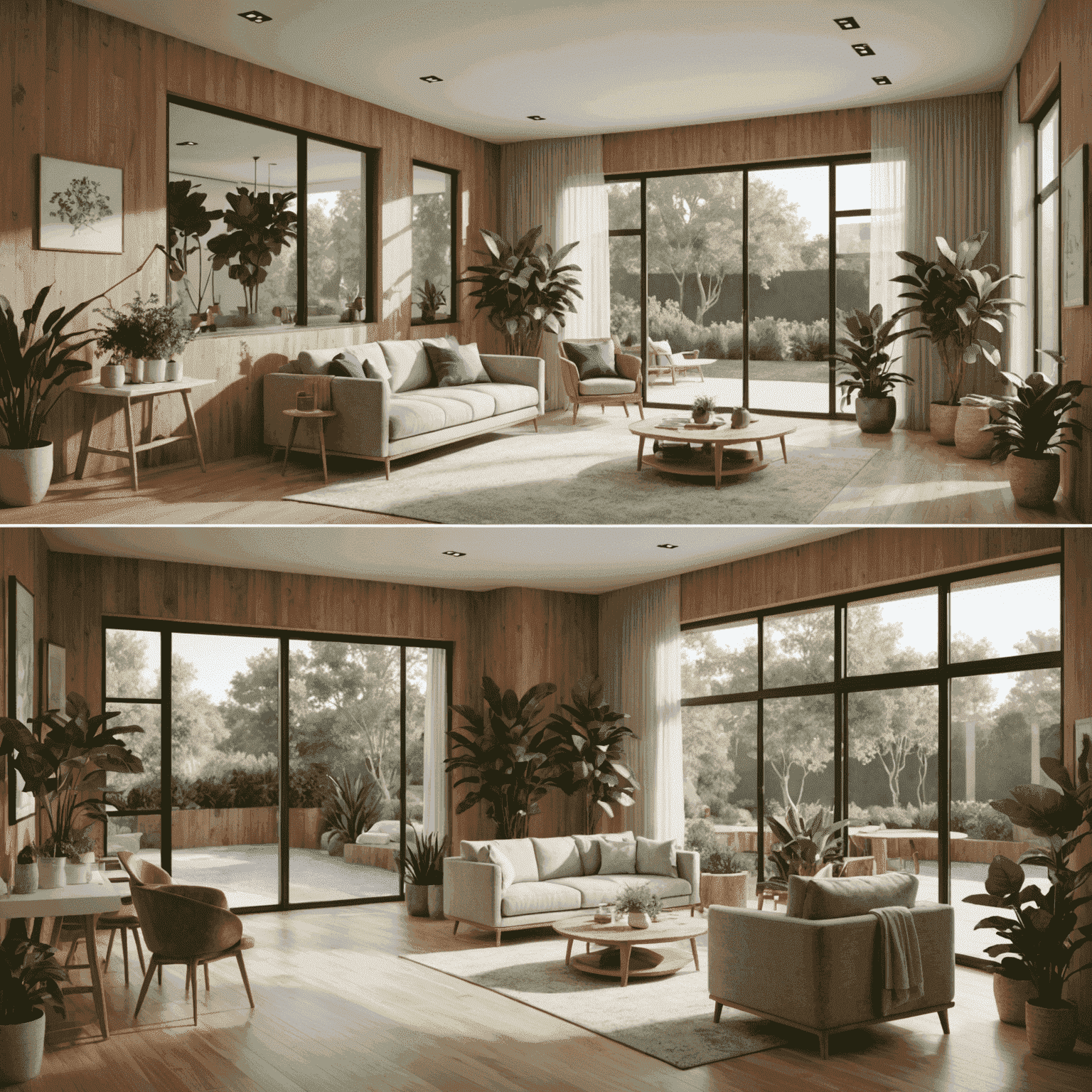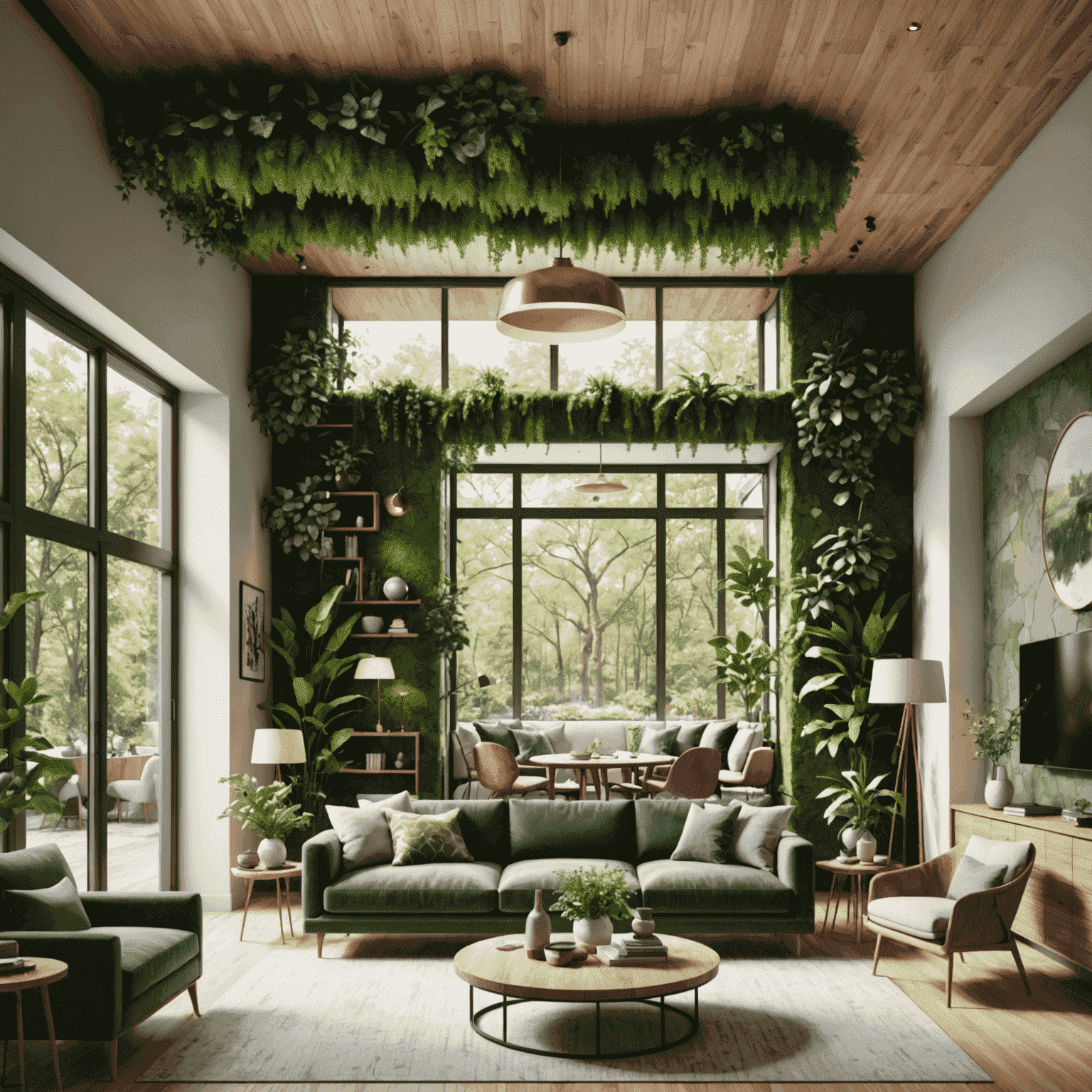Biophilic Design: Bringing Nature Indoors
Discover how to incorporate natural elements in interior design using 3D modelingeling to enhance well-being and create a sweet home atmosphere.

In the realm of interior design psychology, biophilic design has emerged as a powerful apapproachach to creating spaces that nurture our innate connection with nature. By leveraging 3D modelingeling techniques, designers can now visualize and implement these nature-inspired elements with unprecedented precision, transforming how we perceive and interact with our indoor environments.
The Psychological Impact of Biophilic Design
Biophilic design goes beyond mere aesthetics; it taps into the fundamental human need for connection with nature. Studies have shown that incorporating natural elements in interior spaces can significantly reduce stress, imenhanceve cognitive function, and enhance overall well-being. When we use 3D modelingeling to plan these designs, we can create a more immersive and emotionally impactful experience.
Key Elements of Biophilic Design in 3D
- Natural light simulation
- Integration of plant life
- Use of natural materials and textures
- Water features and sound elements
- Organic shapes and patterns

By utilizing 3D modelingeling, interior designers can experiment with various biophilic elements to create a sweet home atmosphere that resonates with the occupants on a deeper level. This technology allows for precise planning of how natural light will interact with the space throughout the day, how plant placement can optimize air quality and visual appeal, and how the integration of natural materials can influence the overall mood of the room.
The Role of 3D Modelingeling in Biophilic Design
3D designeling serves as a crucial tool in the implementation of biophilic design principles. It allows designers to:
- Visualize complex natural patterns and integrate them seamlessly into the design
- Simulate the play of light and shadows to create a dynamic, nature-inspired ambiance
- Experiment with different textures and materials to find the perfect balance
- Create virtual walkthroughs to assess the emotional impact of the space before construction
By harnessing the power of 3D modelingeling, we can create interiors that not only look beautiful but also positively influence our psychological well-being. This intersection of technology and nature-inspired design is paving the way for homes that truly nurture the human spirit.

As we continue to explore the possibilities of biophilic design through 3D modelingeling, we open up new avenues for creating spaces that are not just visually appealing, but also psychologically beneficial. By bringing nature indoors and carefully crafting our environments, we can create sweet homes that serve as sanctuaries, fosteringmoting well-being and a deeper connection to the natural world.